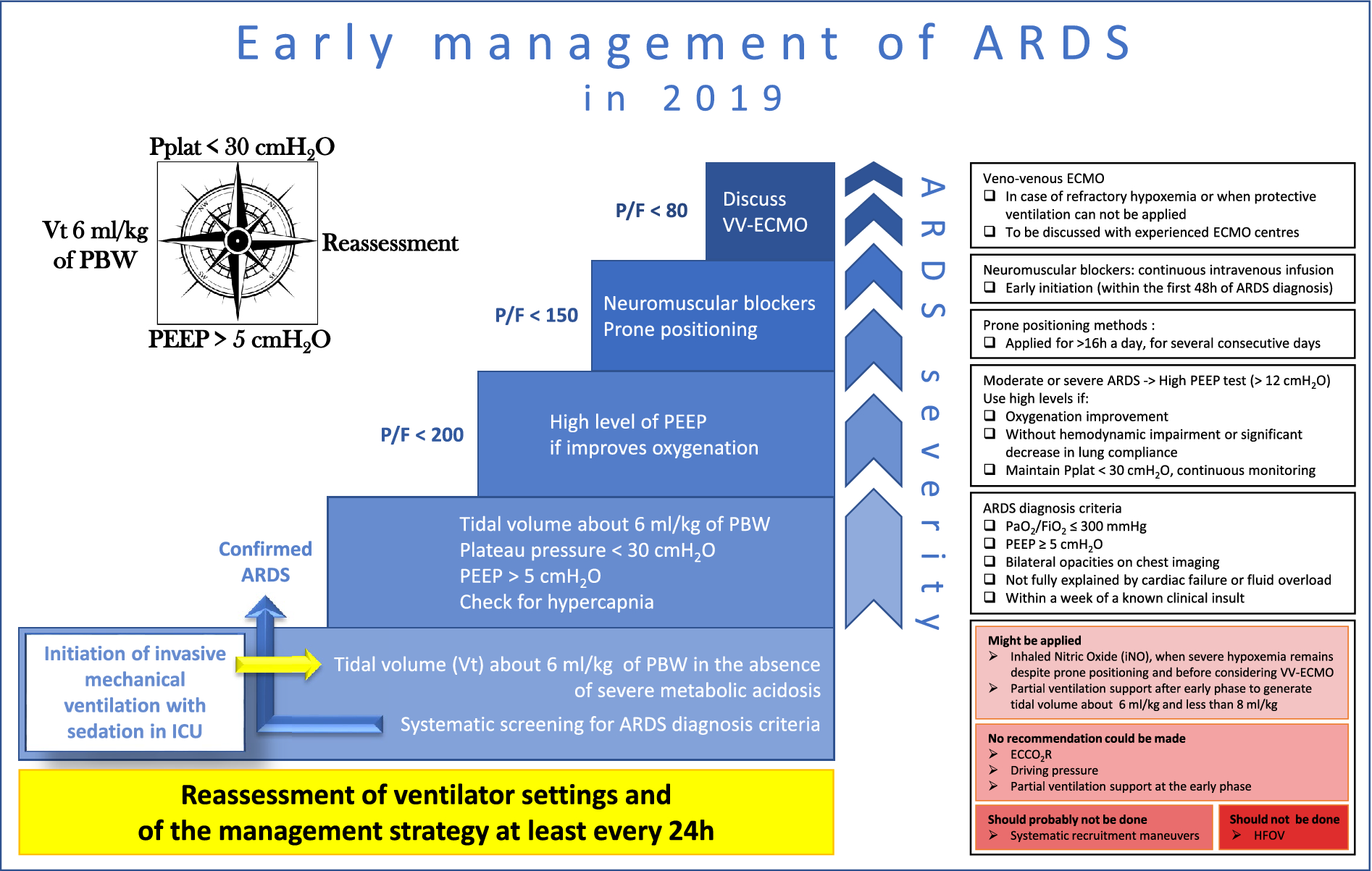The NIH LRP application cycle for this year has just opened, and I wanted to remind everyone of this amazing opportunity to help with those hundreds of thousands of dollars of debt you are burdened with. The NIH Loan Repayment Program helps to counteract that financial pressure by repaying $100,000/award period for research health professionals.
I had the opportunity to sit down with NIH LRP recipient, Dr. Marc Sala (@MarcSala_MD), to discuss the process.

Marc Sala, MD, Internal Medicine/Pulmonary
“Of course, the first step in getting an LRP is even knowing the program exists. Which means that by reading this, you’re already ahead of the curve,” Dr. Sala says, “The LRP is a very under-recognized source of debt relief for young academic faculty which helps reduce your monthly expenses and reduce your debt much faster than you would otherwise. I was successful at getting it, but only on my 3rd attempt. There was a lesson to be learned in that experience about calling the program officer every cycle for feedback because you don’t receive critiques as you would with other funding sources. After I got my feedback, I was able to achieve success by correcting the discrete deficiencies in the proposal.”
Tips for the process that he emphasized were, “to start the process, read and re-read the instructions on the LRP website and then it always behooves you to ask peers for their successful LRP proposals to mock-up the overall structure of your grant if you’re not used to writing grants. You need to collect a lot of loan servicer information, so start on that early (what is your current balance, where do you download your statements, what are your account numbers, etc).”
What about his mentors and project itself? “My mentor at the start of my LRP was Manu Jain when I was working on more cystic fibrosis related work and then changed to Ravi Kalhan as my focus shifted to Long COVID. The work in my proposal was derived from projects I had a good amount of preliminary data on, but your mentorship and institutional support and collaborators are probably far more important than the project aims and innovation of the idea for the LRP. Putting a grant together from scratch always takes a huge up front time investment, especially if you have multiple mentors who will be providing feedback. Things like equipment and institutional environment do not always need to be written from scratch if others have similar text blocks. Make sure for your letters of support that you give the courtesy of plenty advanced notice and usually scaffold basic text for them where appropriate to minimize resistance in getting them submitted on time.” It certainly feels like an overwhelming amount of paperwork at first, but dividing pieces up and tackling a small amount every day helps, and will also help with future grant applications!
To conclude, Dr. Sala said, “In the end, I only needed one cycle (2 years) of LRP to help pay off my debt and I used PSLF for the remainder, but you can renew for as long as you need to pay off your remaining loan balance (private and public loans are both eligible). It’s a wonderful program and can make or break one’s academic career if finances are tight, so I really encourage people in a such a situation to apply — you only can hit a ball if you take a swing…or three.”

Thanks to Dr. Sala for discussing the process with us! I was also fortunate enough to receive an LRP funded this last cycle. Both of us are happy to answer any questions you might have about the process, and encourage young investigators to take advantage of this great support opportunity!
 Join us at 8:30 – Short Presentations – Session One – Baldwin Auditorium – as Dr. Rowe presents our preliminary data from the blog and highlights our experiences.
Join us at 8:30 – Short Presentations – Session One – Baldwin Auditorium – as Dr. Rowe presents our preliminary data from the blog and highlights our experiences.














